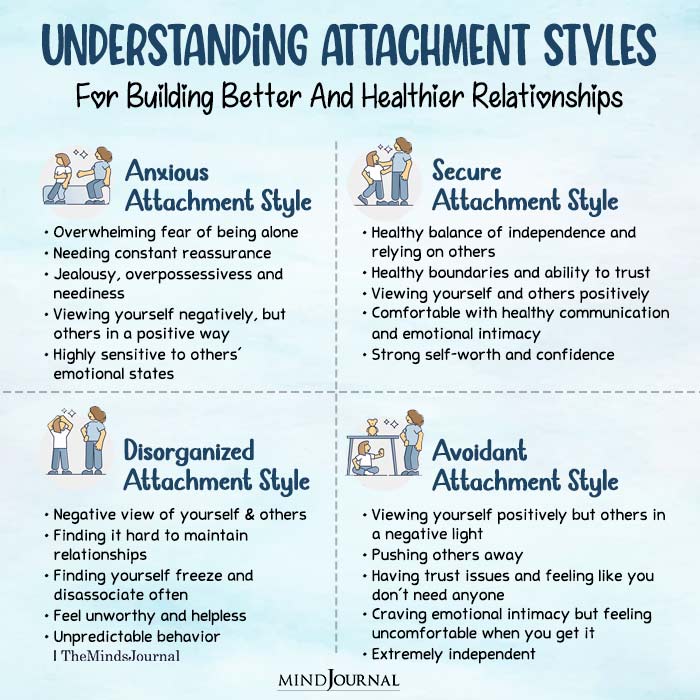
Navigating Breakups Through the Lens of Attachment Theory
Heartbreak. That gut-wrenching feeling of loss and confusion that accompanies the end of a relationship. While the experience is universally human, the way we process and react to a breakup is deeply influenced by our attachment style. Understanding these styles offers a powerful framework for navigating the emotional aftermath and fostering healthier relationships in the future. This article explores the four primary attachment styles â€" secure, anxious-preoccupied, dismissive-avoidant, and fearful-avoidant â€" and examines how each manifests during and after a breakup.
Understanding Your Attachment Style
Attachment theory, developed by John Bowlby and Mary Ainsworth, posits that our early childhood experiences with caregivers shape our internal working models of relationships. These models, largely unconscious, dictate how we approach intimacy, connection, and separation throughout our lives. They influence our expectations, behaviors, and emotional responses in romantic partnerships. Knowing your attachment style isn't about labeling yourself permanently; it's about gaining self-awareness to understand your patterns and work towards healthier relationship dynamics.
The Four Attachment Styles
The four main attachment styles present distinct ways of relating:
- Secure: Individuals with a secure attachment style generally have a positive view of themselves and others. They feel comfortable with intimacy and independence. In breakups, they experience sadness but generally manage their emotions effectively, leaning on their support systems.
- Anxious-Preoccupied: Characterized by a negative self-image and a positive view of others, this style often leads to clinginess and a fear of abandonment. Breakups are intensely painful, often triggering a desperate need for reassurance and reconciliation, sometimes leading to impulsive behaviors.
- Dismissive-Avoidant: This style features a positive self-image and a negative view of others. Individuals tend to suppress their emotions and prioritize independence, often appearing emotionally unavailable. They might minimize the impact of the breakup, even if internally struggling.
- Fearful-Avoidant: This style is marked by a negative self-image and a negative view of others. Individuals simultaneously crave intimacy and fear it, leading to a complex emotional landscape. Breakups can be especially confusing and painful, triggering feelings of both rejection and self-blame.
How Attachment Styles Impact Breakups
The impact of a breakup differs significantly depending on attachment style. A secure individual might grieve the loss but maintain a sense of self-worth and resilience. They prioritize self-care and seek support from friends and family. Conversely, an anxious-preoccupied individual may engage in intense attempts to reconnect with their ex, experiencing heightened anxiety and emotional distress. Dismissive-avoidants might withdraw emotionally, appearing unaffected, while internally grappling with feelings of vulnerability. Fearful-avoidants often experience a chaotic blend of intense emotions, oscillating between wanting to reconnect and pushing the ex away.
Healing and Moving Forward
Regardless of your attachment style, healing from a breakup requires self-compassion and intentional action. This involves:
- Self-reflection: Understanding your emotional responses and identifying unhealthy patterns.
- Seeking support: Connecting with trusted friends, family, or a therapist.
- Self-care: Prioritizing physical and mental well-being through exercise, healthy eating, and mindfulness practices.
- Setting boundaries: Establishing healthy limits with your ex and managing contact.
- Therapy (if needed): A therapist can provide guidance and support in navigating complex emotions and developing healthier relationship patterns.
Recognizing your attachment style provides valuable insight into your relational patterns and emotional responses to breakups. By understanding these patterns, you can develop healthier coping mechanisms and build more fulfilling relationships in the future. Remember, healing takes time, and seeking professional help is a sign of strength, not weakness.
0 comments:
Post a Comment
Note: Only a member of this blog may post a comment.